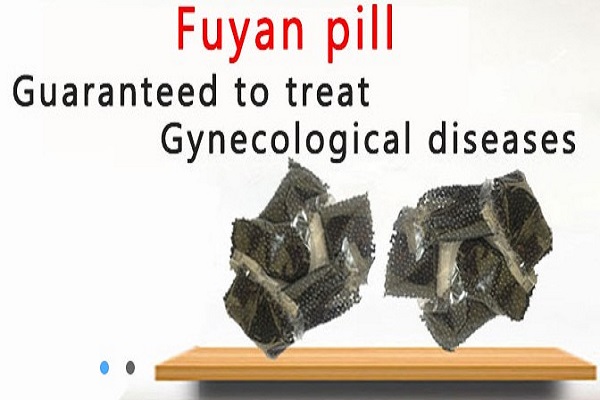Health care for women is crucial, as a result of the unique physiological characteristics of women. Every woman friend has specific days each month, when menstrual cycles are in full swing, women’s bodies are extremely fragile, and so the health care needs to be carried out which is why sanitary napkins constitute among the most essential menstrual supplies however, many don’t have a complete understanding of the basic material used in a the sanitary pad. However, the majority of people lack an knowledge of the basic materials of sanitary pads, and what are the facts regarding the raw material used in the pads?
1. About the material that is used to make the sanitary pads
The research has shown that the use of the wrong sanitary pad could cause menstrual allergic reactions and an increase of 30% in the chance of developing Gynecological disorders! Learn more regarding the use of sanitary pads!
A. Soft cotton, soft , real cotton
Are you sure that you’re thinking that the “cotton” or “soft cotton” disposable napkins you buy might be “cotton”? They are in essence chemical fibers that do not have even a hint of natural cotton components, and certainly do not possess the benefits of organic cotton. It is that is breathable and non-allergenic. Get more info about sanitary pad raw material.
B. Most often “cotton soft” or “soft cotton” is employed to make PP (Polypropylene) Polypropylene Rubber particles for raw material that is melted at high temperatures silk spraying, the laid network, hot pressing cloth and other processing steps using the chemical fiber non-woven fabric. It is processed using the chemical process. After processing the non-woven fabric may produce a soft feel similar to cotton, however “cotton soft” does not contain any “cotton” constituents, and is not “real cotton” it is an idea for business. an advertising concept.
2. The longer the material that is used for pads is, the more durable
The longer the sanitary pad the longer it will last. While it can prevent leakage however, it’s too long and uncomfortable to use. It is also unattractive. In general, 24-30cm is enough to use on a daily basis. If the middle of the sanitary pad is extremely absorbent and breathable, there is no reason to extend it in order to stop leakage. On one side, the sanitary napkin lengthening is intended for the comfort of consumers’ minds however, on the other hand, it could be a method for manufacturers to make up for the absence of capacity for absorbency inside the middle part of the napkin by extending it to lessen the chance of leakage.
For women who are older who know the menstrual cycle and are able to manage the flow and the rate of flow, they do not require extra-long sanitary napkins. For girls who are still learning about menstrual flow and don’t know how to manage leakage or who are unable to control leakage during particularly heavy nights the extra-long sanitary napkins are required.
3. Material for thick and pads for sanitary use with high suction capacity

There are those who believe that the more dense the raw substance of the pads for sanitary use more absorbent, the higher the absorption capacity. The truth is that thickness does not directly correlate to absorbency, but to the amount of polymer beads that absorbent are contained in. However, super absorbent pads are typically larger and more difficult to breathe. If they’re not replaced over longer they tend to produce bacteria. “Do not use a thicker pad. More info: www.diapernonwoven.com
JUHUA is among the most reputable suppliers and manufacturers in the manufacturing of hygiene products for a long time. With over 10 years of experience, we’ve been serving clients from various industries of manufacturing hygiene products. We make products for baby care and feminine care products. adult incontinence products.





